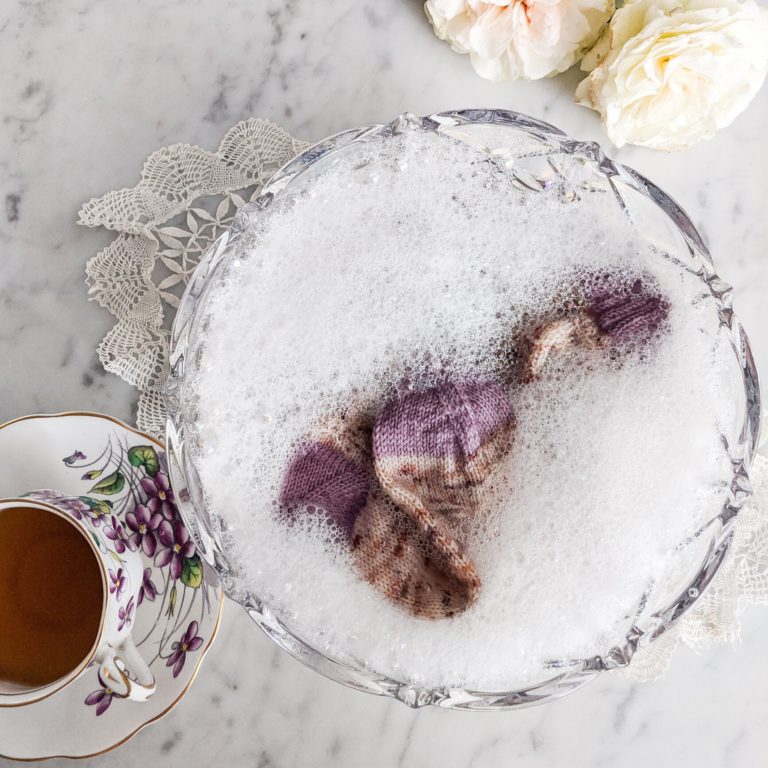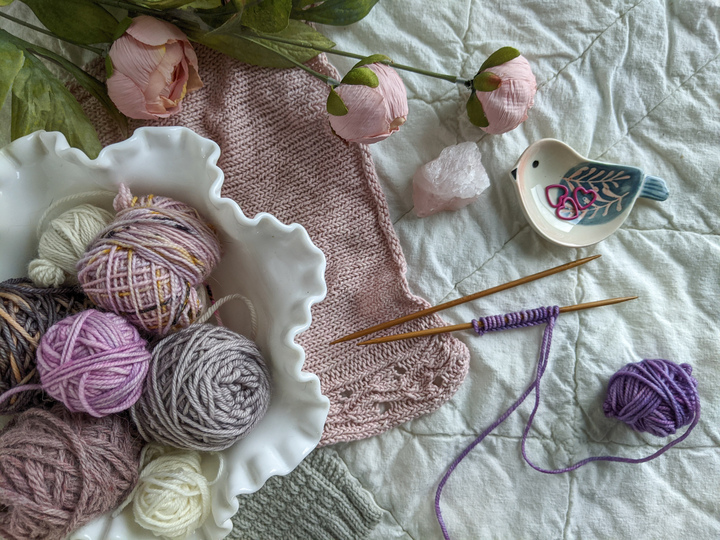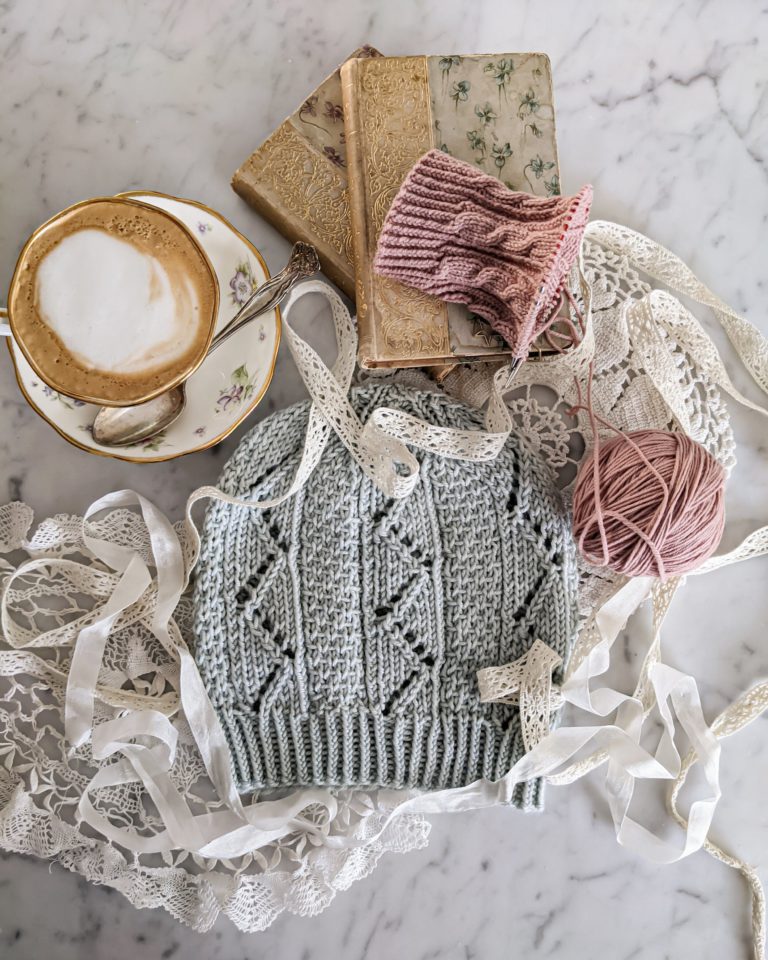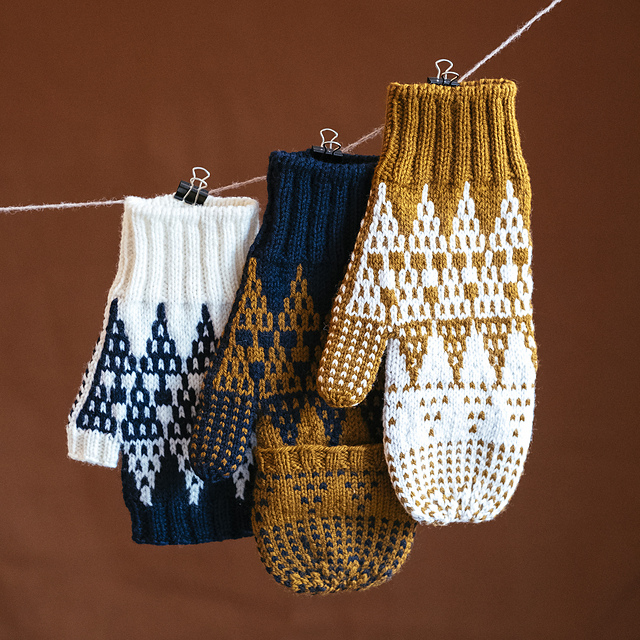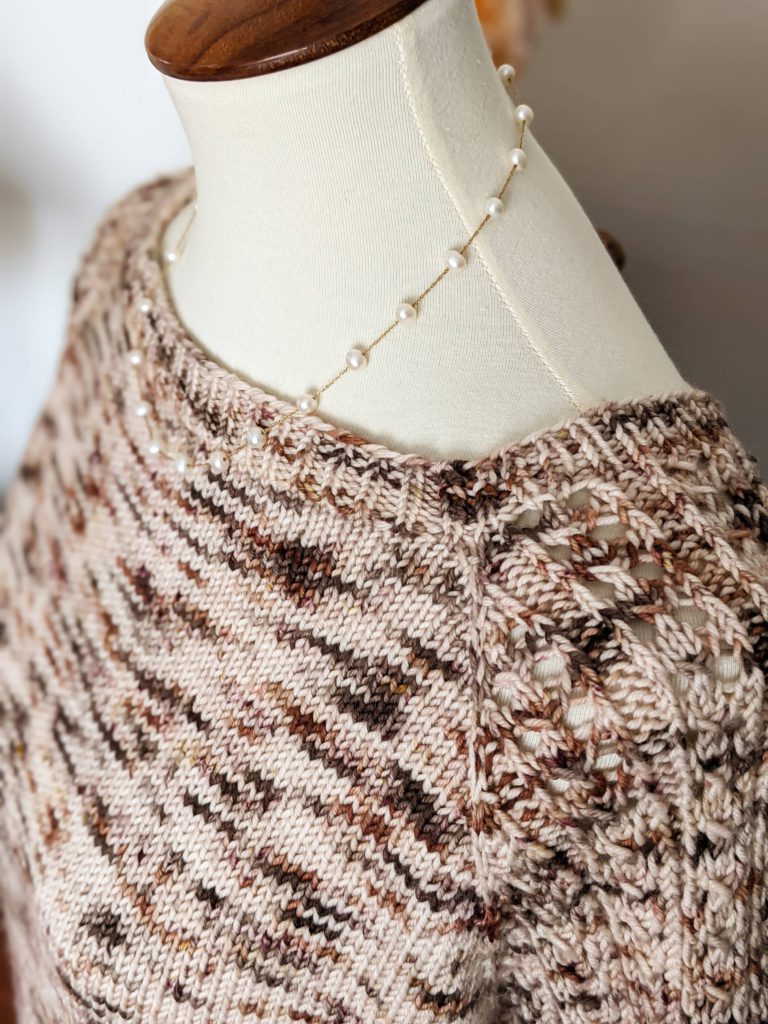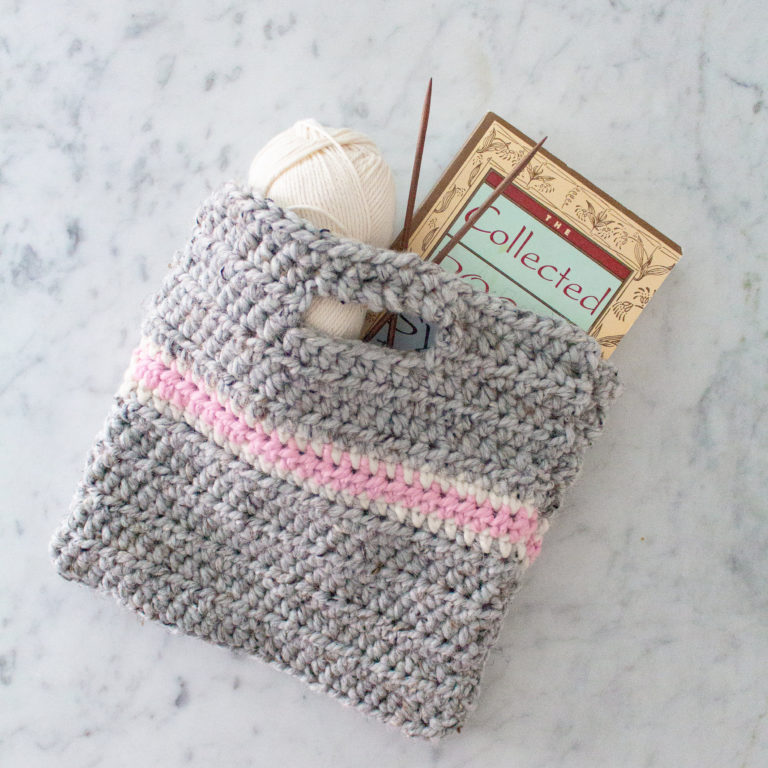Store-bought socks have a few things to recommend them. For one, they’re quick. You can just walk into the store, pick them out, and go. They’re also, at least on their face, fairly inexpensive. You can buy several of them at once and fill your drawer easily.
But the thing is, there’s just nothing quite like a handknit sock that’s customized to fit your unique feet.
Of course, there are as many different feet in the world as there are people, and no one knitting pattern can possibly accommodate all of them. That’s why I thought it would be helpful to have this little cheat sheet for ways to modify sock designs so that they fit you and your needs better.
Here are my three favorite tricks for custom-fit socks.
1. An Easy Way to Customize Your Sock: Change the Heel.
Depending on the height of your instep and the size of your ankles, certain heel types may be better suited to your needs than others.
A heel flap with gusset is particularly well suited to those with a high instep or who need a little more room right through the heel and ankle area. A short-row heel or forethought/afterthought heel tends to be on the shallower side, so if you are going to be using one of those heel constructions and you have a higher instep, you’re going to want to modify them a bit.
When I do an afterthought heel, I usually knit a few extra rounds in plain stockinette before starting the decreases. Adding those extra rounds gives you a little more depth in the heel than would otherwise be there.
For a short row heel, try adding a few additional rows before you start taking it back out to the edge again.
2. Modify the toe.
Depending on the shape of your own toes and your sensitivity to seams, some toe constructions may be more comfortable than others.
My two favorite toes are the wedge toe and the round toe. I have fairly wide, short toes that shorten at even intervals, so when I’m doing the wedge toe, I usually take the decreases down faster than what a lot of written patterns recommend.
The round toe and the star toe are both shallower toes that have more decreases per round, so you will commonly work one decrease row and then two or three plain stockinette rows before working another decrease row.
Here is a guide to working your own round toe or star toe on your socks.
3. Play with gauge.
When knitting socks, you want your gauge to be between 7 to 8 stitches per inch. Anything tighter, and the sock will start to become stiff, but if it’s looser, the sock will wear out too easily.
There is a surprising amount of range within that 7 to 8 stitches per inch, though. Try going up or down a needle size and seeing how that fabric feels on your foot.
When I started knitting socks, I was impatient and didn’t trust myself, so I usually knit at the 7 stitches per inch gauge. Those are fine for wearing around the house and sweeping in, but I found that the gauge was too loose to be comfortable for my feet if I tried to stand on them all day. I kept sizing down on the needles until I got to a very snug 8 stitches per inch, and I like the feel and fit much better now.
I know it can be a little frustrating to work on something like a sock without knowing how the new gauge will feel, but sometimes, experimentation is the only way to really figure out what you like.
In the end, sock knitting is much like other kinds of knitting. There’s more room for adjustments than you might think with such a tiny garment, and the result is a pair of custom-fit socks that hug your feet all day long. I hope these tips help you customize your socks to fit you perfectly.
Let’s stay connected!
Join my newsletter for 30% off all new releases, regular updates with helpful tips and tricks, first crack at registration for upcoming workshops, exclusive discounts, and more.
Join the A Bee In The Bonnet Facebook Group to participate in knitalongs and other fun community events
Come hang out with me on the A Bee In The Bonnet TikTok
Follow along on the A Bee In The Bonnet Instagram
Get inspired via the A Bee In The Bonnet Pinterest

